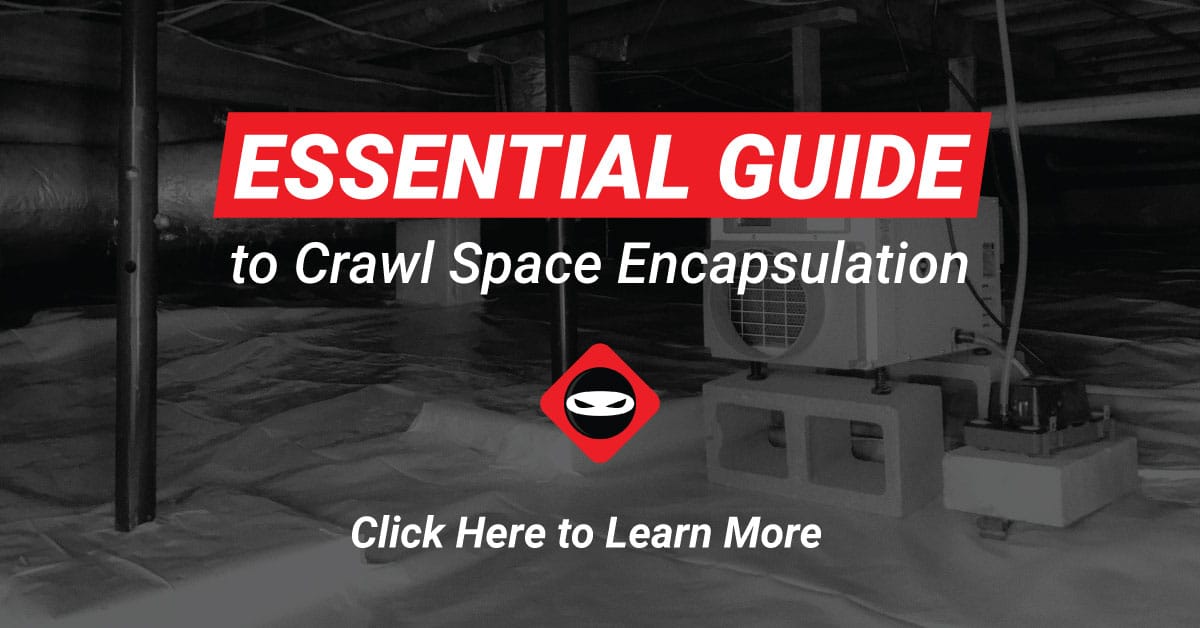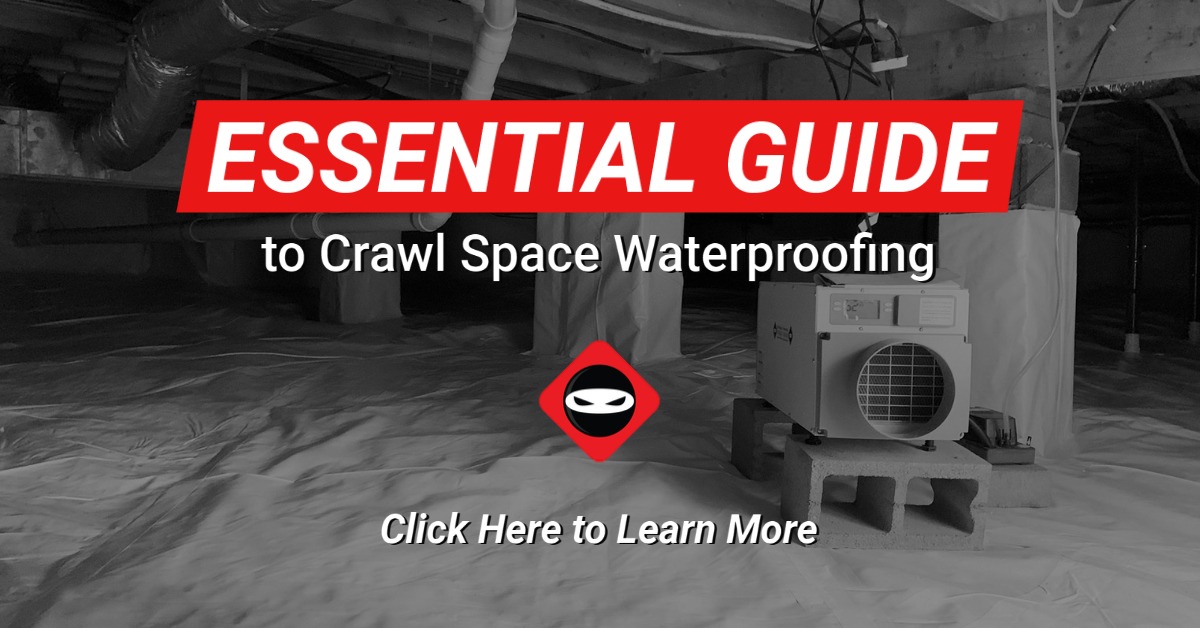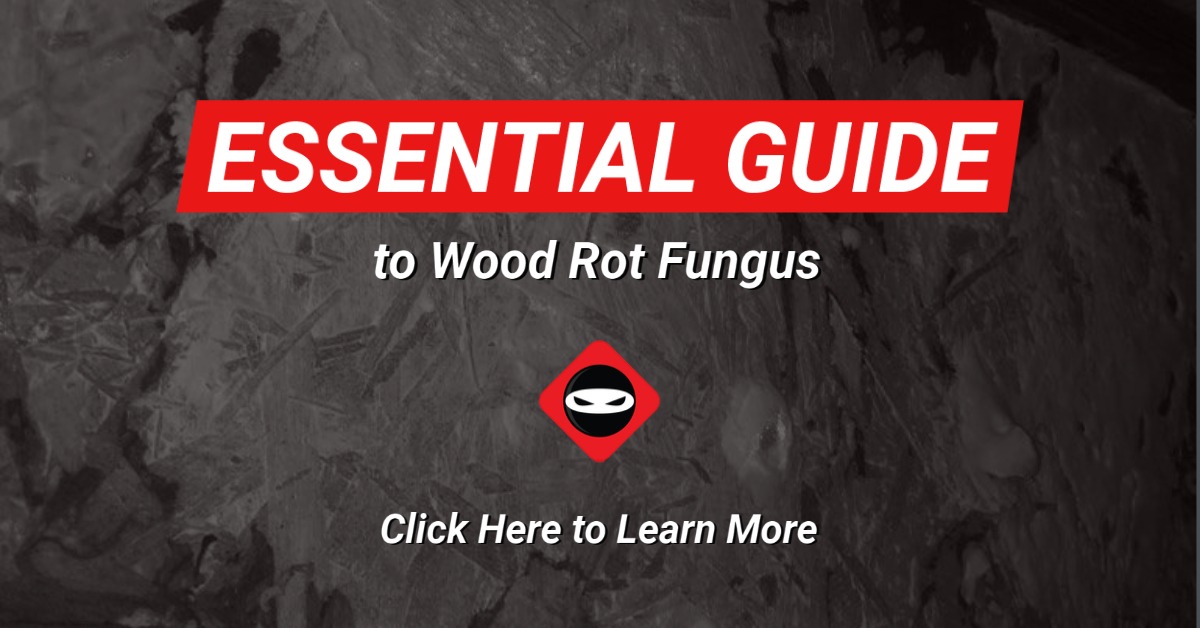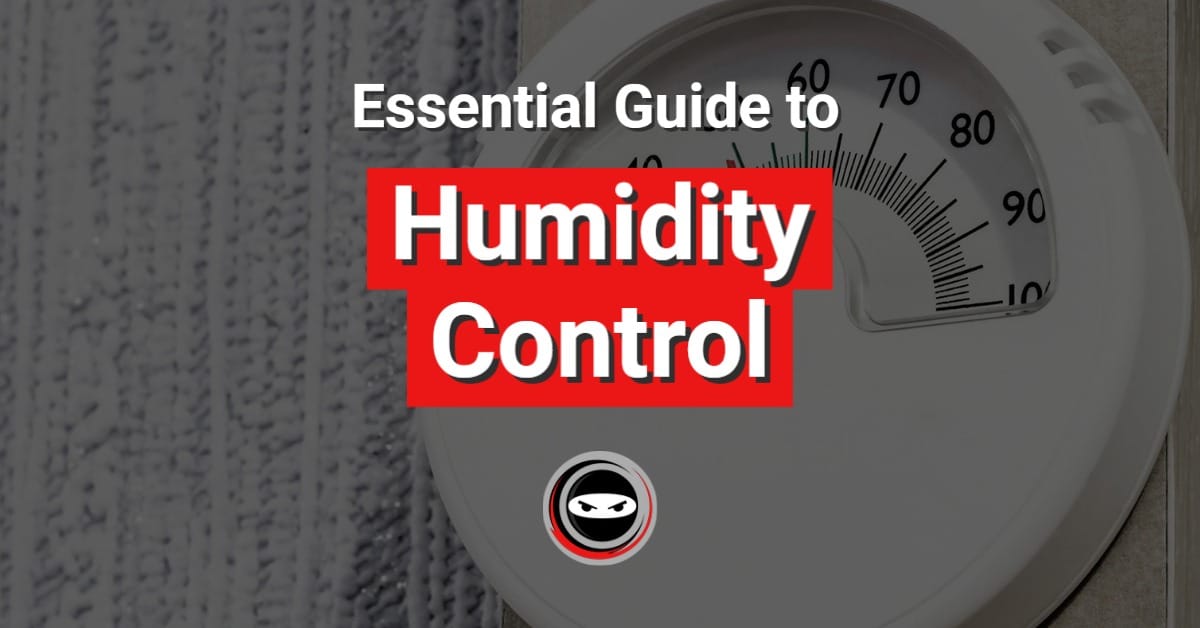Using smart technology to monitor humidity levels is a great way to ensure your home’s indoor air quality issues are noticed in real time. The lack of information when it comes to your home’s health can be devastating. The toilet leak that goes unnoticed can cause major damage and mold issues. Leaky toilets can raise humidity levels and affect other surfaces not close to the leak. The use of smart technology to help identify these issues as they happen will help you address them before they get out of hand.

Why Monitor Humidity
High and low humidity is a real problem for homes and is often overlooked. High humidity levels can affect mold growth, bacteria and virus levels, and allow dust mites to thrive unchecked. Low humidity levels can be just as detrimental to your indoor air quality. Low levels of humidity affect asthma, respiratory infections, virus, bacteria, and ozone levels inside your home. Constantly monitoring humidity in real-time will keep you informed on the best way to adjust humidity levels as needed.

The Govee Wifi/Bluetooth Digital Hygrometer
The Govee Wifi digital hygrometer is an amazing smart technology to keep an eye on high and low humidity levels in your home. This product is great for rental properties, second homes, out buildings, garages, attics, crawl spaces, basements, and more. The New Govee Hygrometer measures both humidity and temperature and can be used indoors or outdoors. Here are some features that make this a great smart technology for humidity control:
- Temperature accuracy: +/-0.54oF
- Working temperature: -4oF-140oF
- Humidity accuracy: +/-3%RH
- Working humidity: 0% – 99%RH
- Smartphone App Monitors up to 10 Sensors
- 2-year data storage
- Sensor Range up to 196 feet
- Instant notifications
- Wifi/Bluetooth dual connection makes for easy setup
- Account is shareable with family or property manager
- Smart Plug Outlets can be used with Alexa and Google Assist

Correcting High Humidity Issues
Monitoring humidity is a great tool, but you can expect humidity to spike during storms and change in seasons. Short spikes are ok, but if you notice the humidity levels are staying high for several hours or days, make sure you check for leaks or floods.
Another problem the smart technology humidity control identifies is dehumidifier problems. Installing a Govee hygrometer sensor in your crawl space or basement can catch dehumidifier problems as they happen. If your crawl space or basement does not have a dehumidifier, consider installing one as soon as possible. We recommend the Aprilaire E-Series dehumidifiers for performance and reliability.

Fixing Low Humidity Problems
Fixing low humidity issues will improve your indoor air quality. Low humidity can cause nose bleeds and installing a room humidifier may be all that is needed. Living in extremely cold climates can create other problems throughout the whole home. In many cases, a whole home humidifier is the best option. These are typically installed by HVAC professionals, but can be purchased online by the DIYer.

What Next?
Do you need help with mold removal, crawl space encapsulation, crawl space insulation, vapor barrier, waterproofing, or controlling humidity in your crawl space and you live in Georgia, Delaware, North Carolina, South Carolina, Tennessee, Ohio, or Kentucky? If so, please contact us to schedule your assessment. Also, let us know in the comments below if you have an idea for a new blog topic.
Perhaps you’d like to tackle your own crawl space repair. Visit our DIY Store.
Contact us if you need help fixing your crawl space or yard drainage by clicking here.
Learn about Crawl Space Ninja Franchise opportunities.

6 thoughts on “Using Smart Technology to Monitor Humidity”
It’s tough to fix what you don’t know about, and very convenient to use tech to monitor crawl space humidity without having to go into the crawl space yourself.
Just moved into a 60s house in KY. No insulation on the duct, nasty old insulation in the floor joists crumbling apart, and loosely laid plastic. Here’s my plan. Please let me know if this is good:
1. Insulate and seal duct work (partially done as of 3/22)
2. Foam panels on walls and sill plates with spray foam around edges.(partially done as of 3/22)
3. Remove old insulation from joists)
4. Seal vents
5. Walls/Floor Vapor Barrier and Taped
6. Humidifier
Does that make sense in this order?
Hi Jeremy, we always start with drying the crawl space and addressing standing water. Removing old insulation is a part of that process plus sealing vents. Vapor barrier is always last. But in your case ducts could be done after vapor barrier if done carefully plus it would be a better environment to work in. Insulation on sill plates, rim joists should only be installed after the humidity is conreolled and wood is dry. If not it can trap moisture. Here is a video that could further explain our process: https://youtu.be/oy68gtEi_bg
Thanks Michael. I have a TON of dust down there. Between the old dirty vapor barrier and the breakdown of the old insulation in the joists. Should I get all the insulation out before installing a dehumidifier and make sure the dust is not an issue?
We’re in western KY so humidity is going to skyrocket soon. I’m sitting anywhere between 61 to 75% already in my crawl.
Hi Jeremy, great question. I would remove floor joist insulation to help with dust but also encourage the wood to dry faster and stay dry since the insulation won’t be trapping any moisture. The Aprilaire E Series Dehumidifiers also have a good filter to help keep dust down after installation. Hope that helps.
U da man!